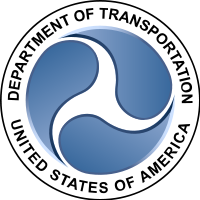August 2011, Vol. 238 No. 8
In The News
ExxonMobil Told To Improve Safety On Damaged Pipeline

The Pipeline and Hazardous Materials Safety Administration (PHMSA) told ExxonMobil to make safety improvements to the Silvertip pipeline in Montana that ruptured and spilled oil into the Yellowstone River July 1.
Regulators ordered ExxonMobil to make safety improvements before re-starting the 20-year-old pipeline. Among them was an order to re-bury the line as much as 25-30 feet deep to protect against external damage and assess risk where it crosses a waterway. The company said it intends to comply.
PHSMA said the company will have to submit a restart plan before it can resume operation of the pipeline which spilled about 1,000 barrels of oil into the river.
The spill and safety concerns about pipelines running beneath waterways will be discussed in a hearing before the U.S. House Committee on Energy and Commerce, said Charlotte Baker, a committee spokeswoman. The accident raised concerns about the impact that the season’s floods may be having on the network of pipelines buried under riverbeds.
“It’s too early to tell whether this is an isolated incident or there might be other types of increased damage or erosion based on a year of flooding,” Brigham McCown, a former federal pipeline safety official who advises pipeline companies at a Dallas firm, told the Associated Press.
Officials in Laurel, near the site of the spill, raised questions last year about erosion along the riverbank threatening the ExxonMobil line. The company in December surveyed the pipe’s depth and said it was at least 5-8 feet beneath the riverbed.
The line was temporarily shut down in May after Laurel officials again raised concerns that it could be at risk as the Yellowstone started to rise. The company restarted the line after a day, following a review of its safety record, according to AP.
McCown said PHMSA, where he was an acting administrator, will check ExxonMobil’s records to ensure they were adequately prepared for a spill. He said federal regulations require that pipelines be buried more than four feet beneath the riverbed at stream crossings. He told AP he believes most pipelines are buried at about that depth, although there are some exceptions.
In normal weather conditions, about four feet below ground is a safe depth, but pipeline companies should be paying close attention to the safety of their networks given this year’s unusual weather and record floods, he said.





Comments